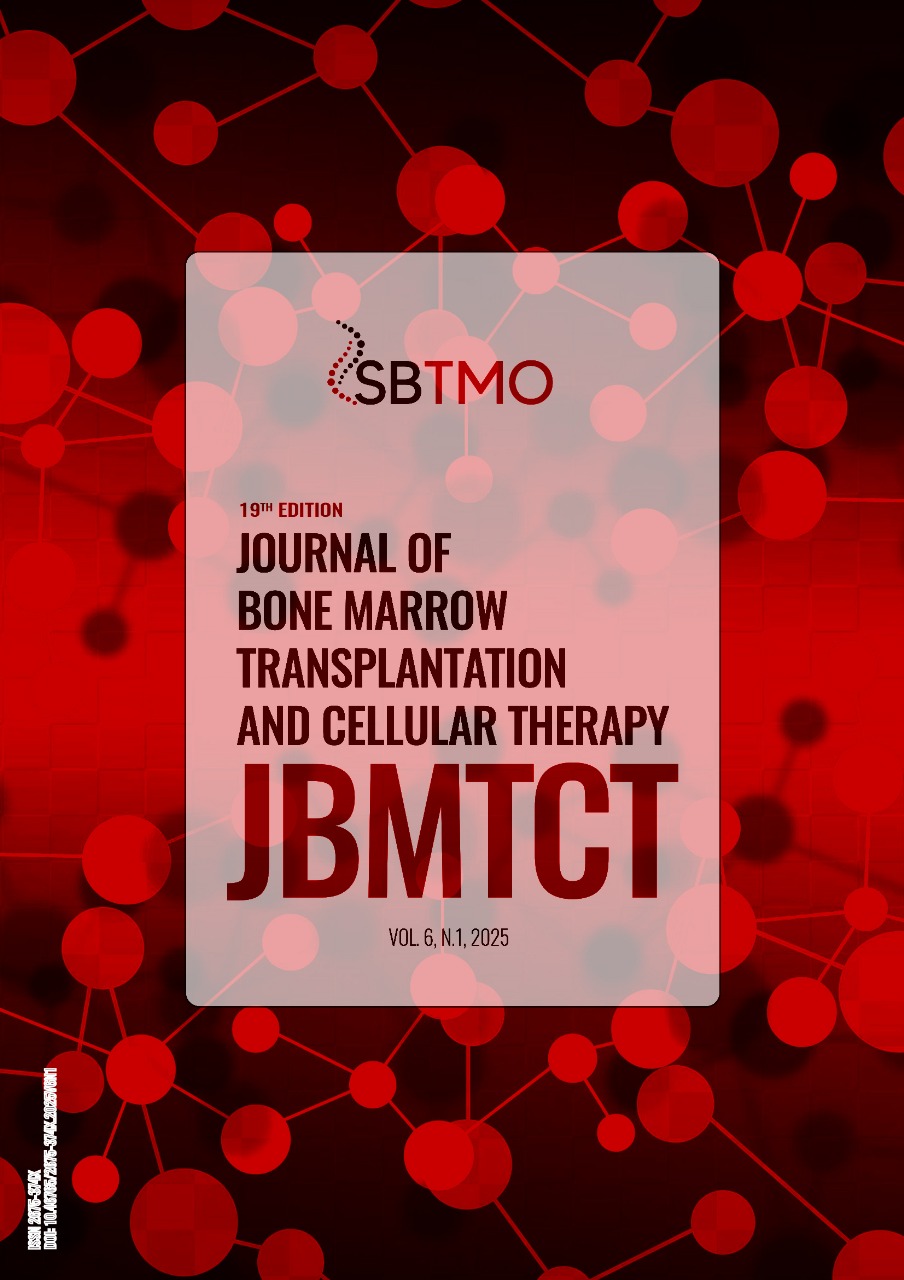SEROLOGICAL STATUS OF EPSTEIN-BARR VIRUS IN BONE MARROW DONOR AND RECIPIENT AND ITS IMPACT ON POST-TRANSPLANT OUTCOMES
EBV serostatus and impacts on pos transplant
DOI:
https://doi.org/10.46765/2675-374X.2025v6n1p260Abstract
The Epstein-Barr virus (EBV) is a highly immunogenic herpesvirus that infects more than 90% of healthy individuals and can remain latent in B lymphocytes for years. In this context, in immunocompromised patients, such as those undergoing bone marrow transplantation (BMT), viral reactivation can occur in up to 63% of cases. Among the main risk factors for viral reactivation are donor-recipient incompatibility, EBV IgG-positive donors, and conditioning regimens using lymphodepleting drugs such as anti-thymocyte immunoglobulin, high-dose cyclophosphamide, and corticosteroids. Therefore, weekly EBV monitoring is recommended during the first 100 days post-transplant to detect viremia early and enable preemptive intervention, either by reducing immunosuppression or using anti-CD20 monoclonal antibodies. These strategies aim to reduce viremia progression and the incidence of post-transplant lymphoproliferative disease (PTLD). This study seeks to estimate the serological profile of bone marrow donors and recipients and its relationship with the incidence of post-BMT viral reactivation. Additionally, it aims to evaluate monitoring and preemptive treatment strategies for managing high-risk patients at the Walter Cantídio University Hospital from 2020 to 2024, while also defining the incidence of PTLD secondary to BMT.
Keywords: Bone Marrow Transplantation, Epstein Barr Virus, EBV, lymphoma
Downloads
Published
How to Cite
Issue
Section
License
Copyright (c) 2025 JOURNAL OF BONE MARROW TRANSPLANTATION AND CELLULAR THERAPY

This work is licensed under a Creative Commons Attribution 4.0 International License.









